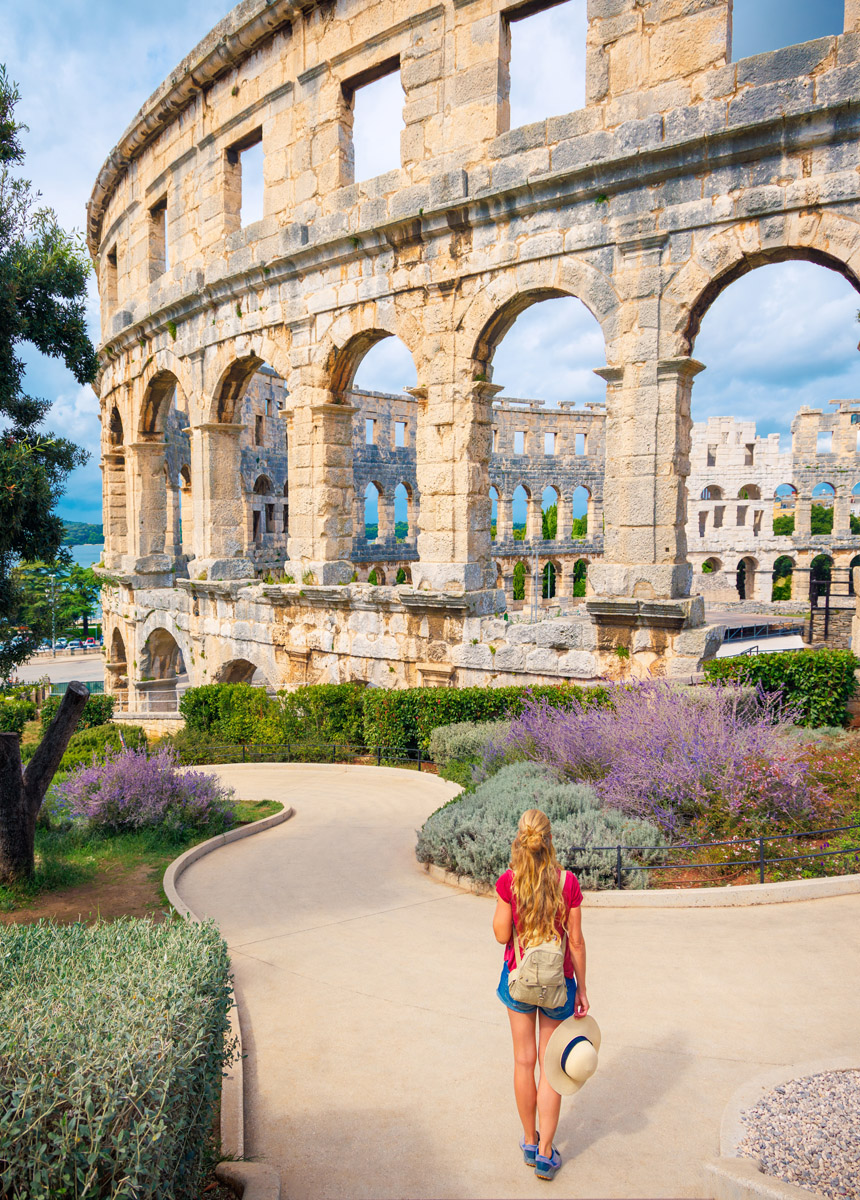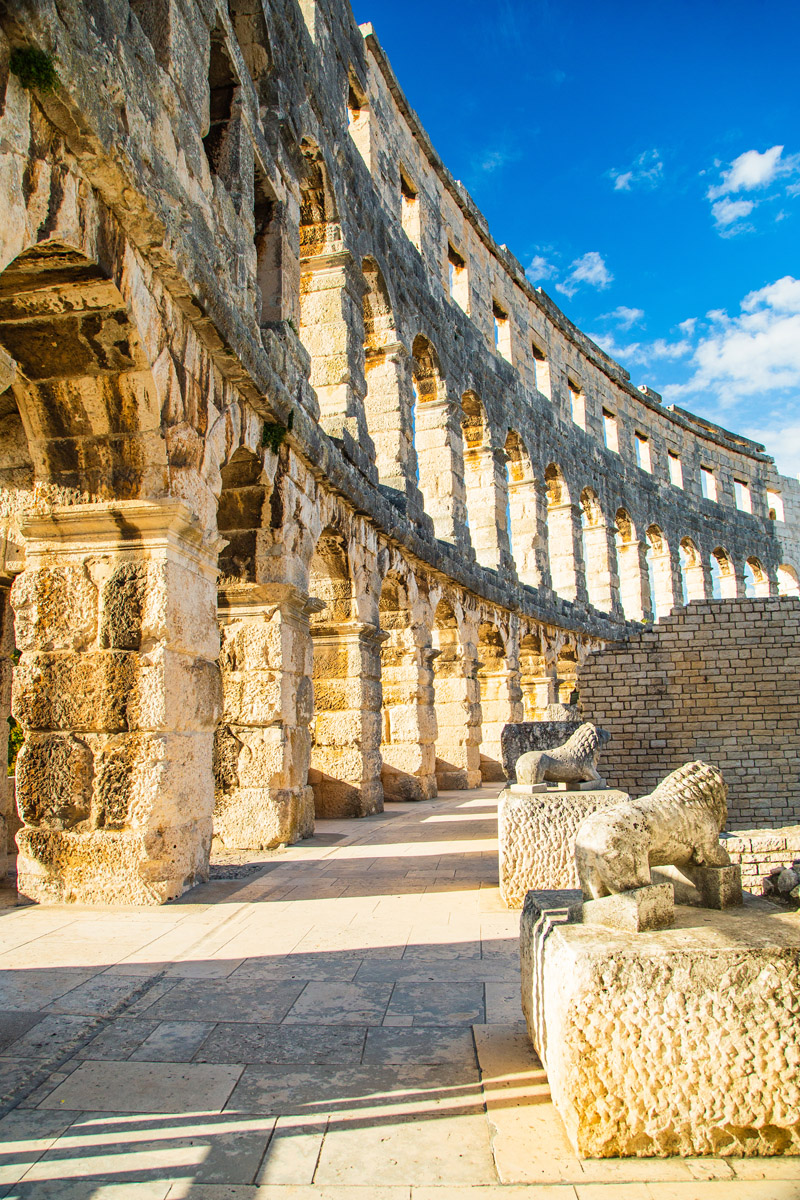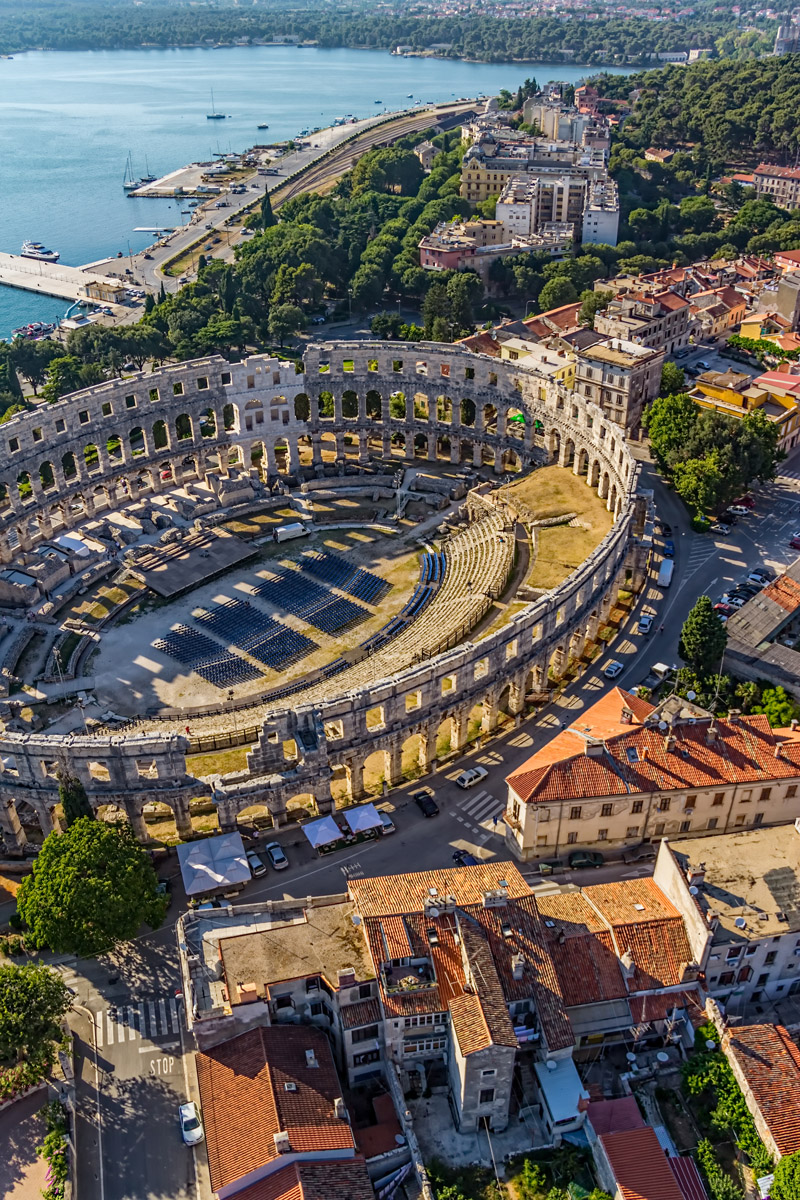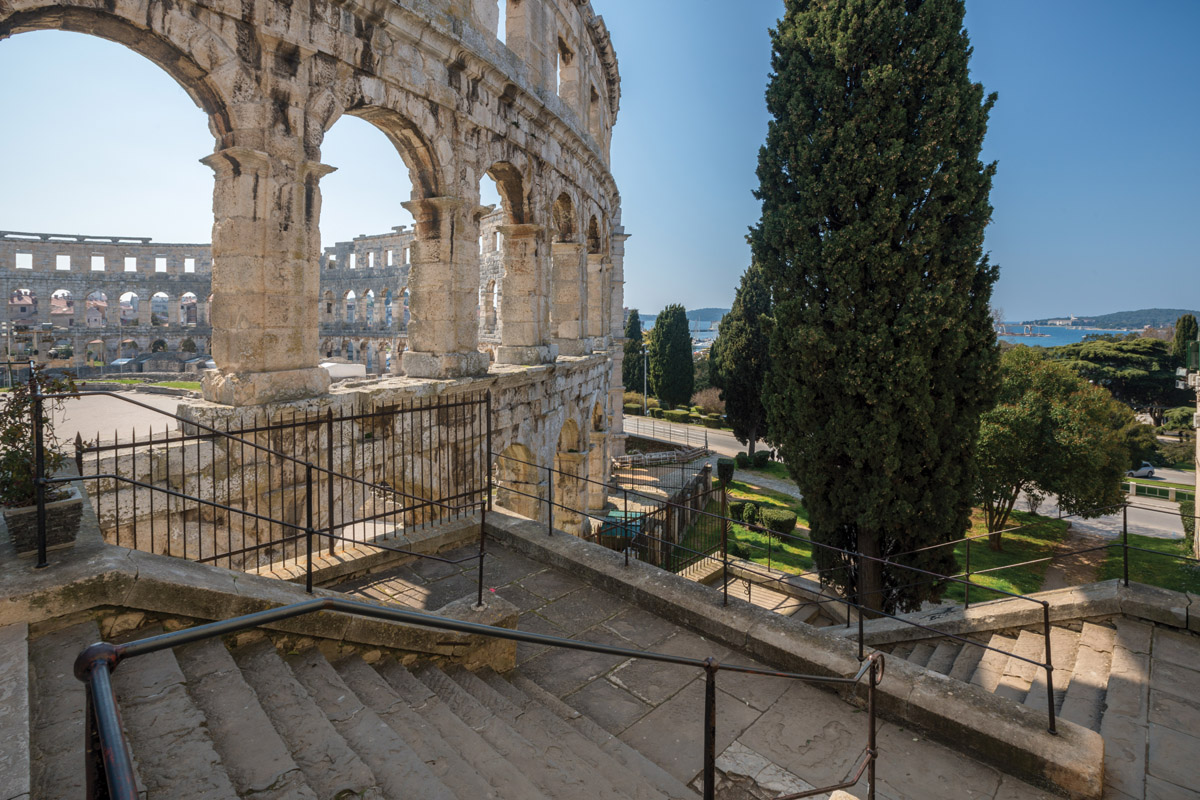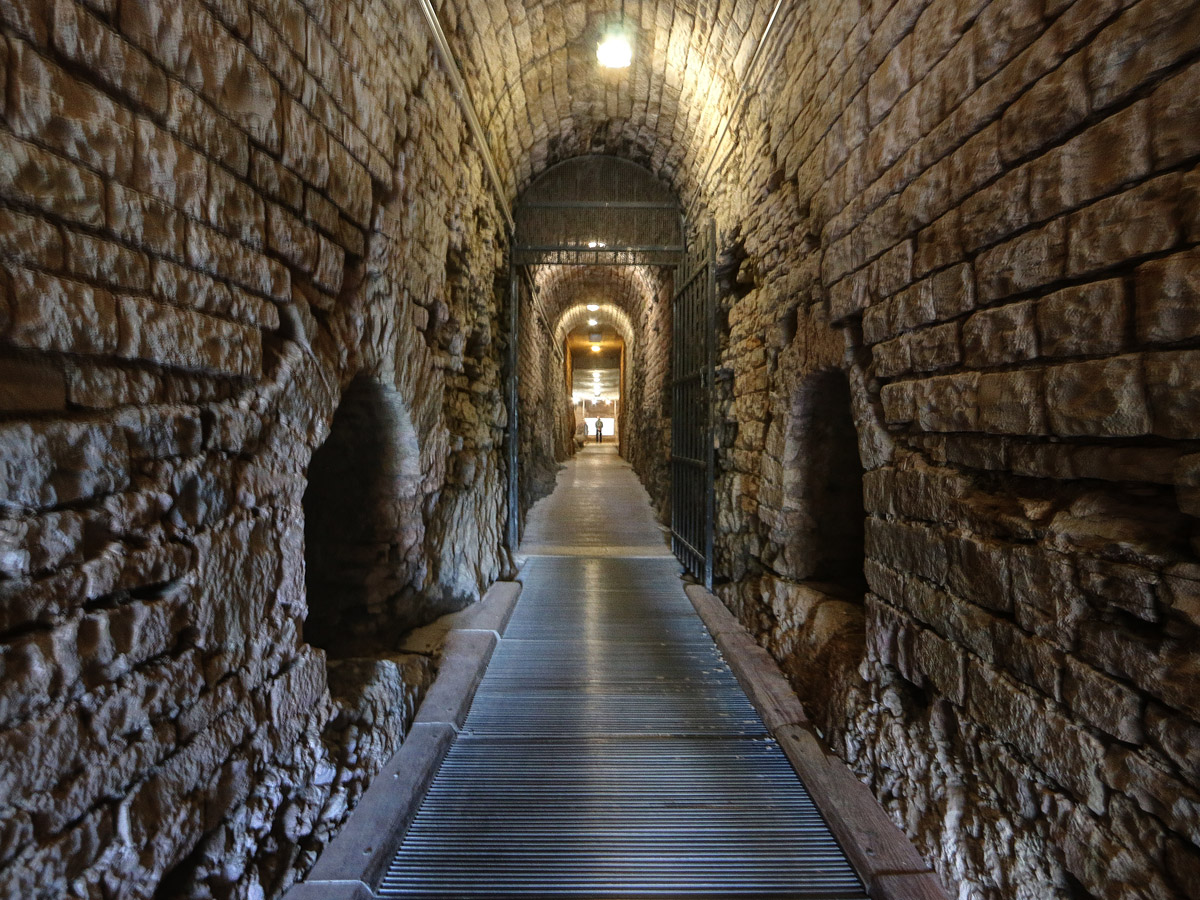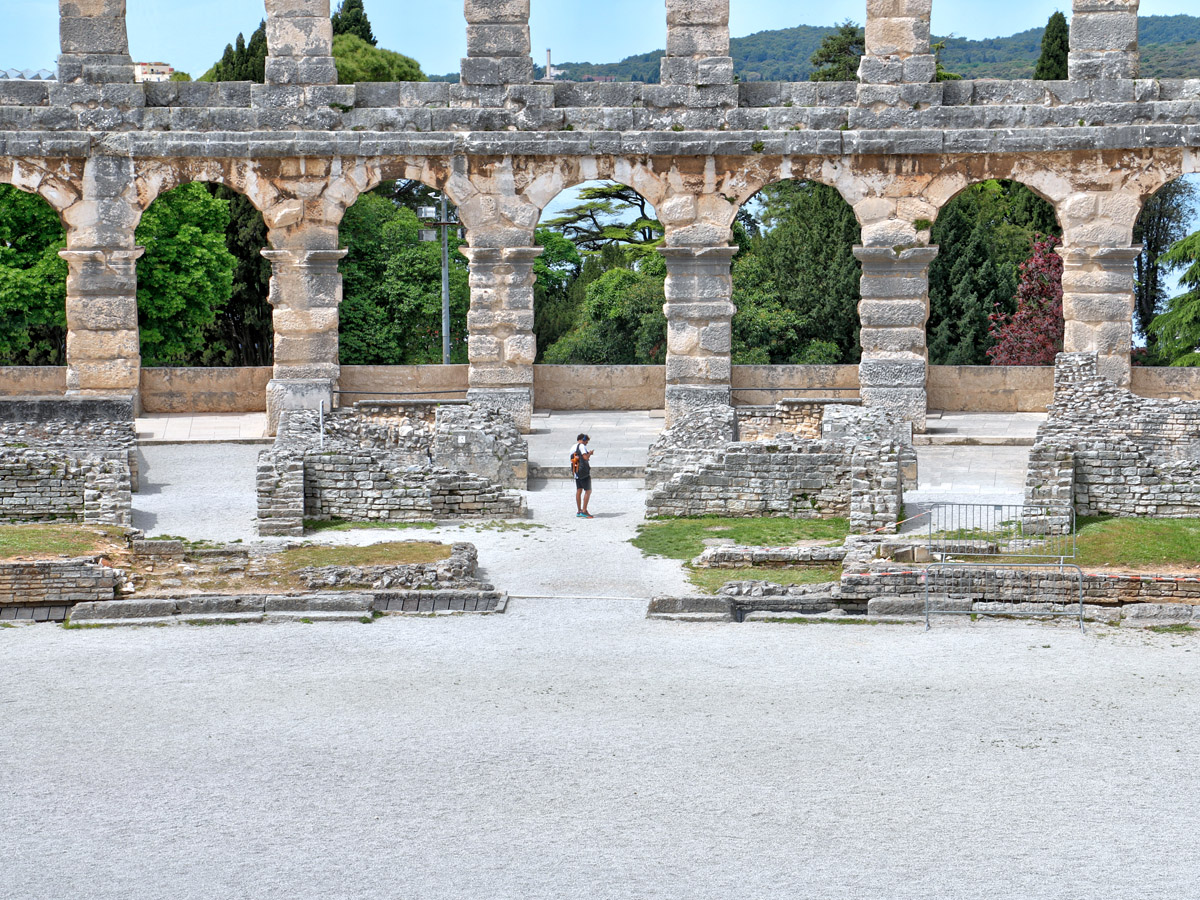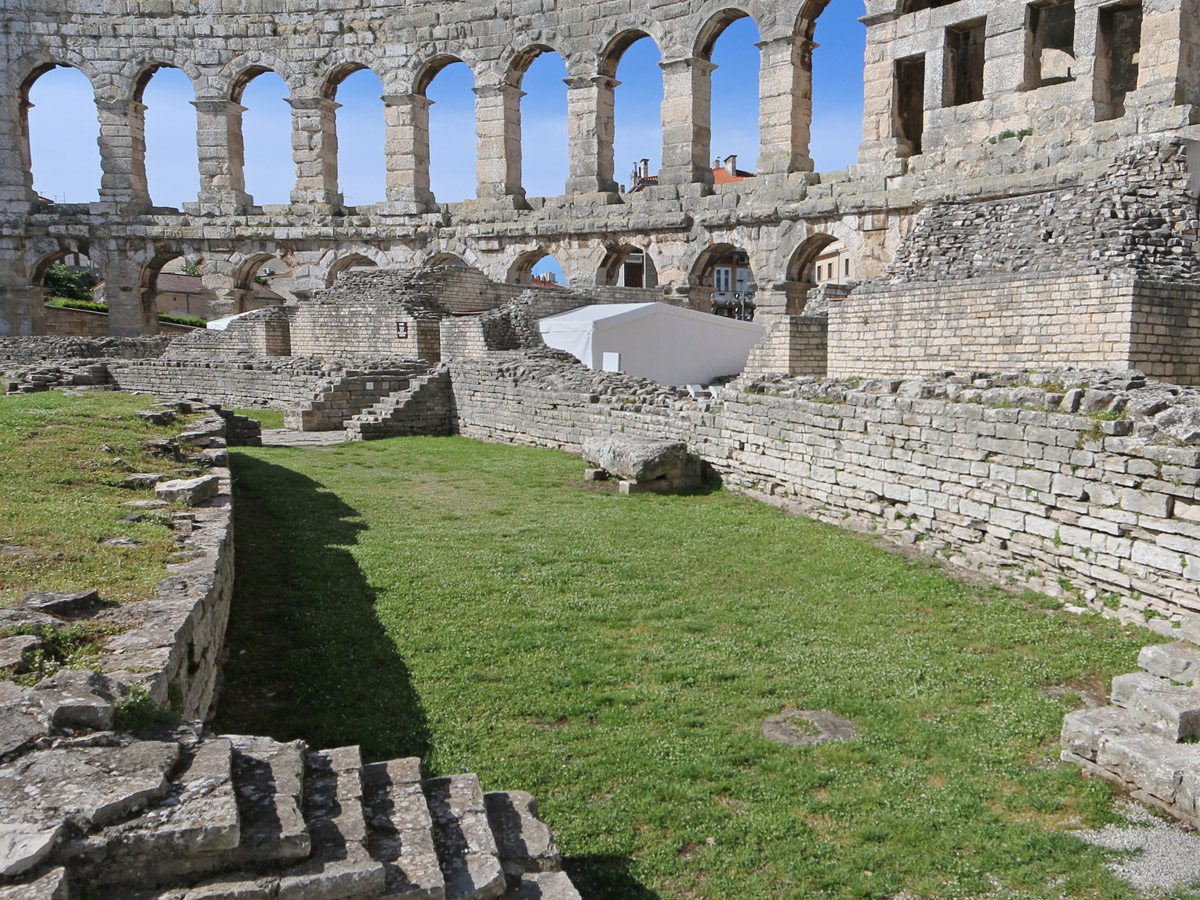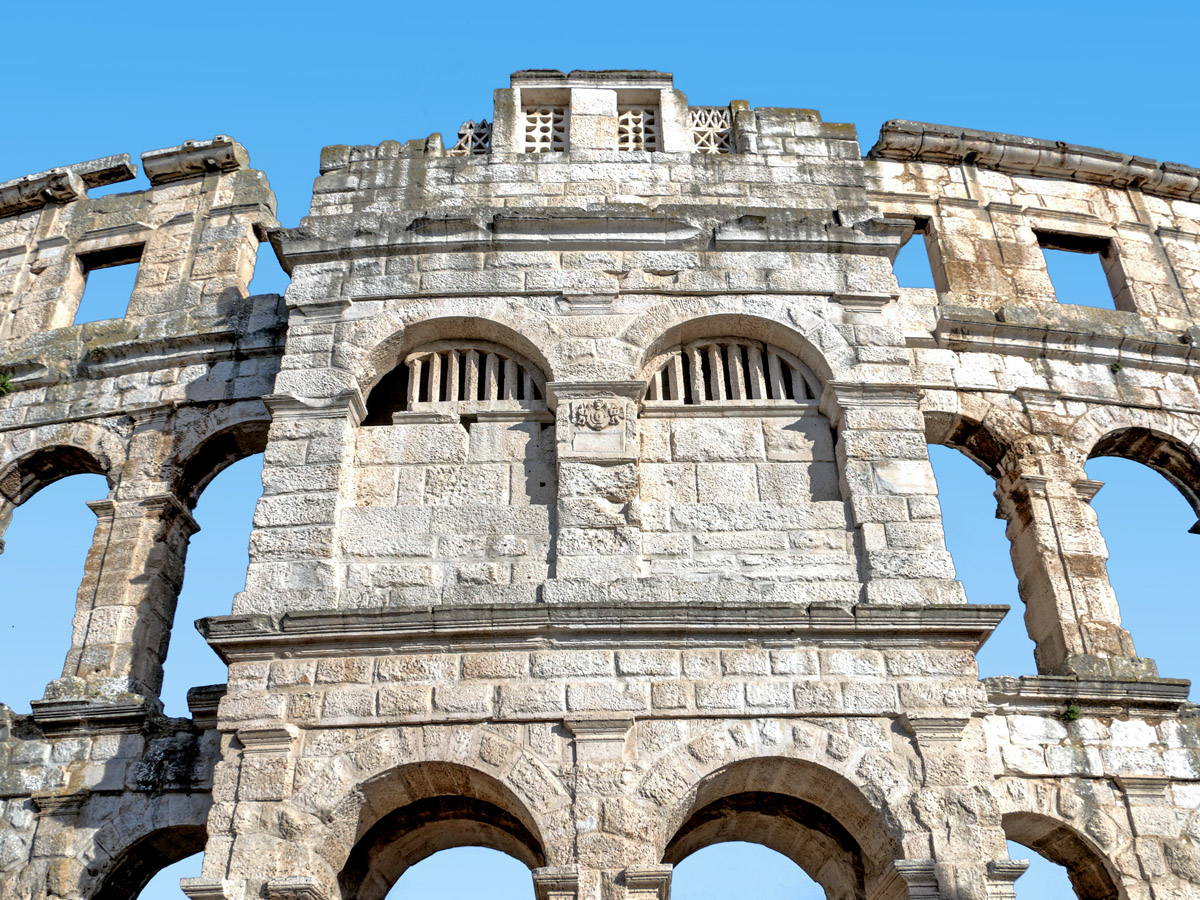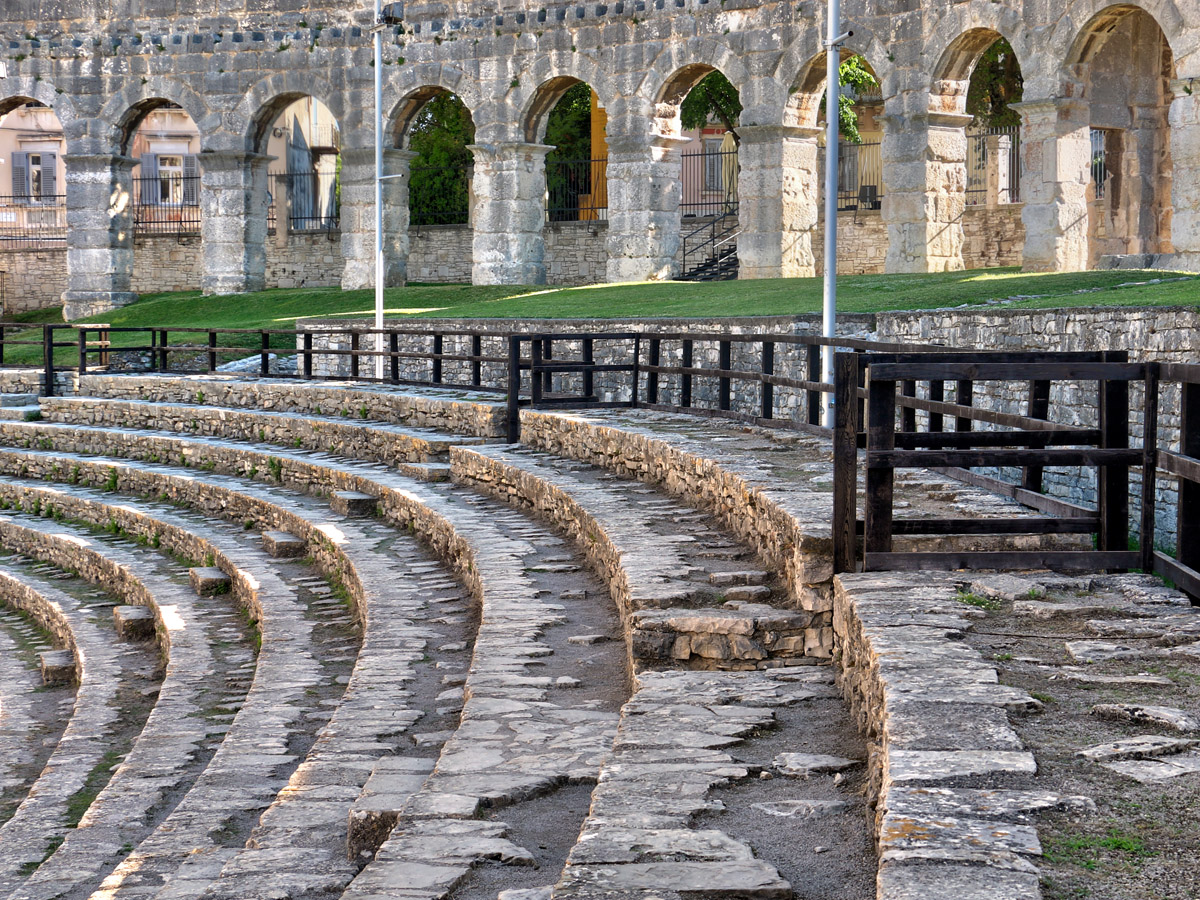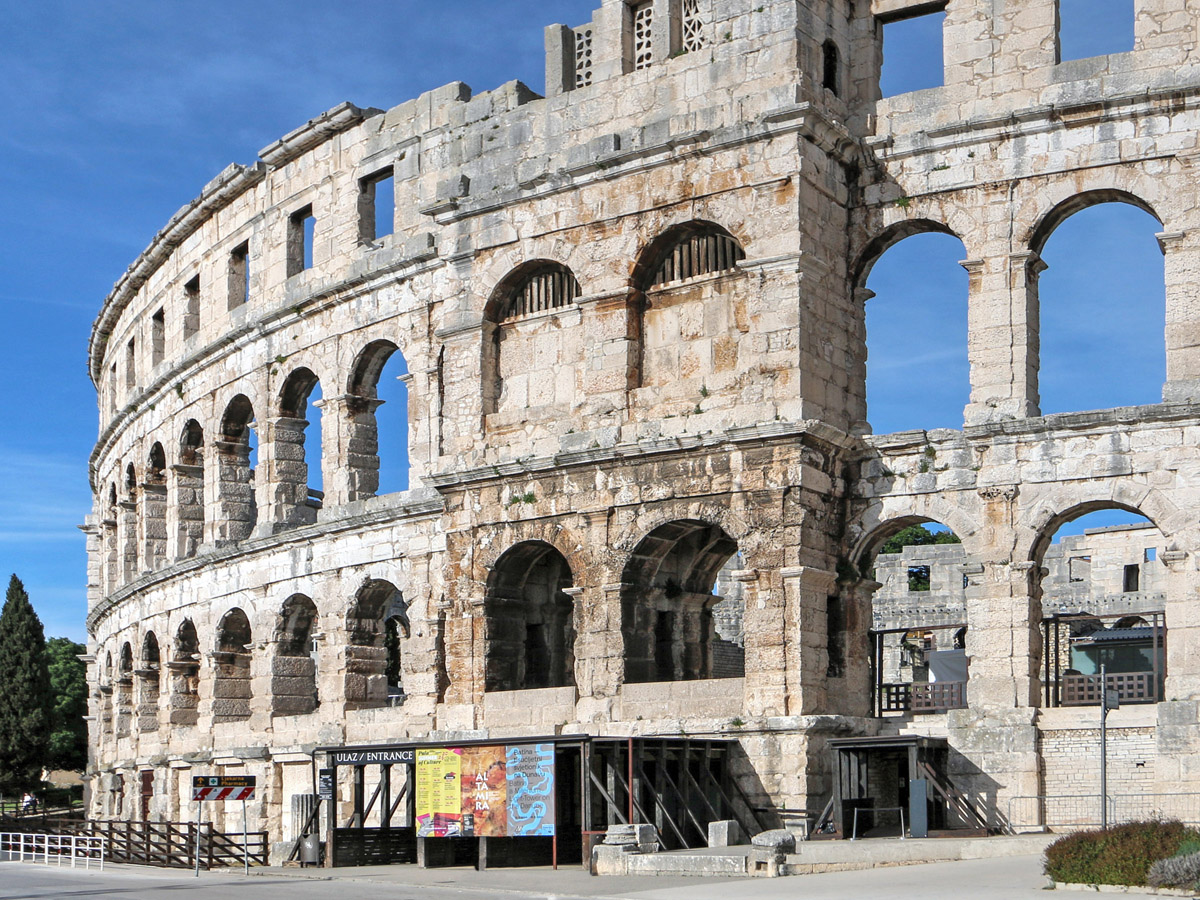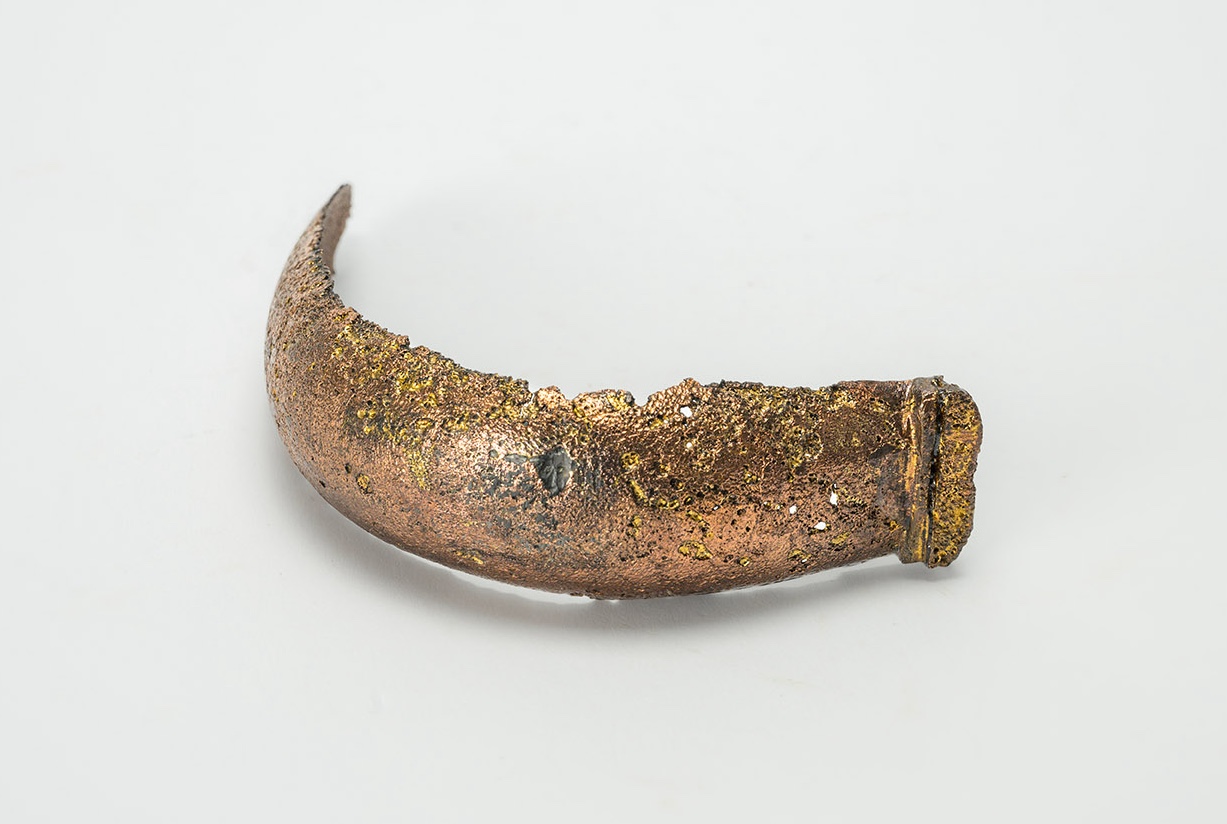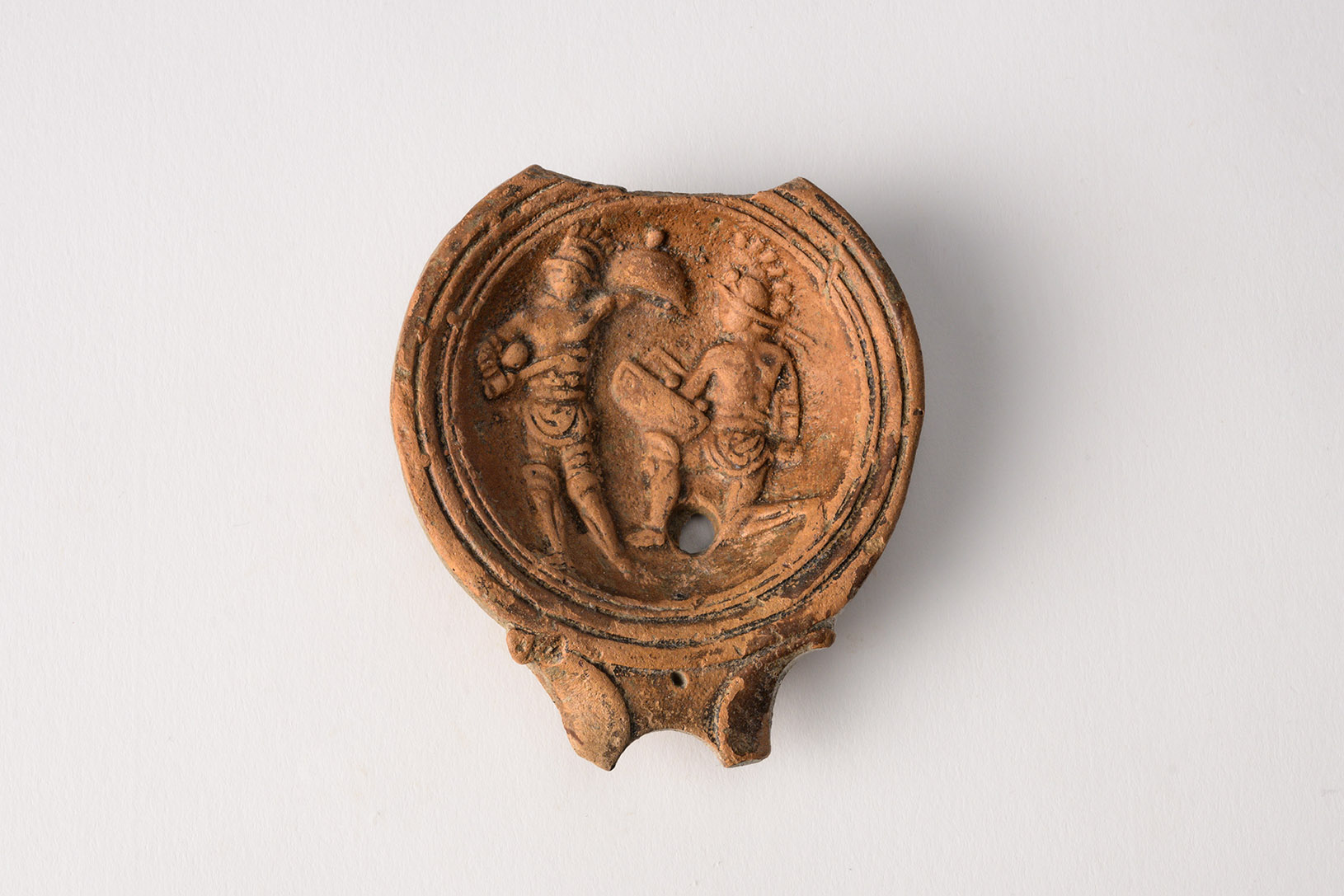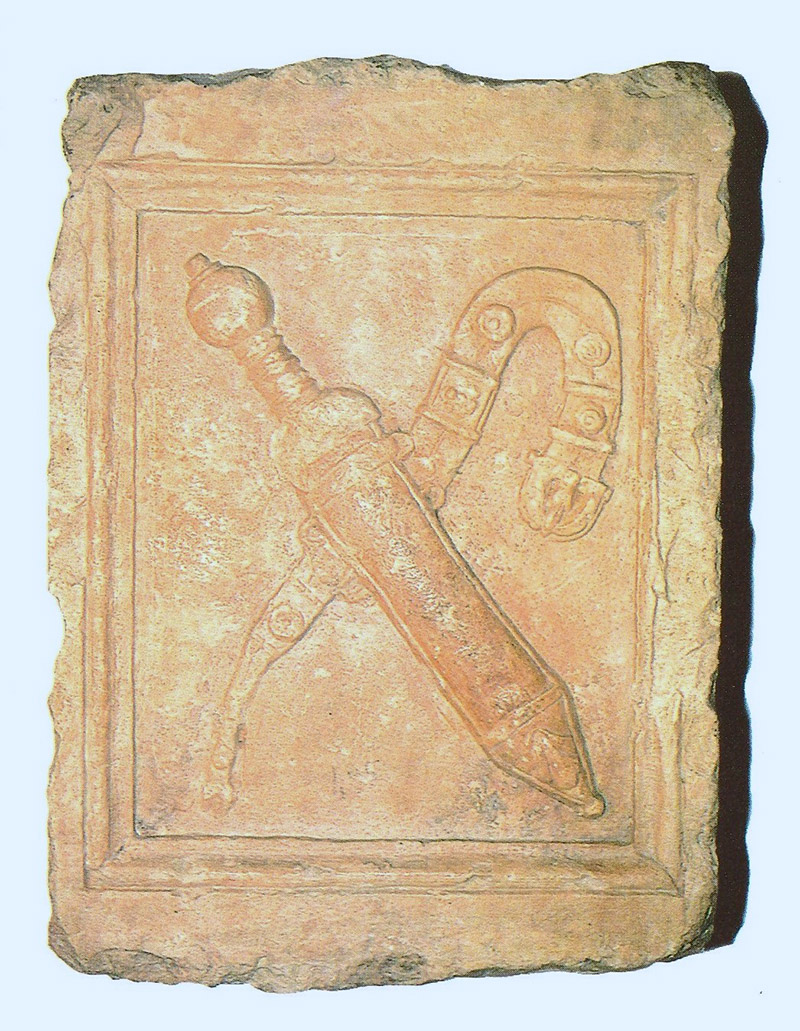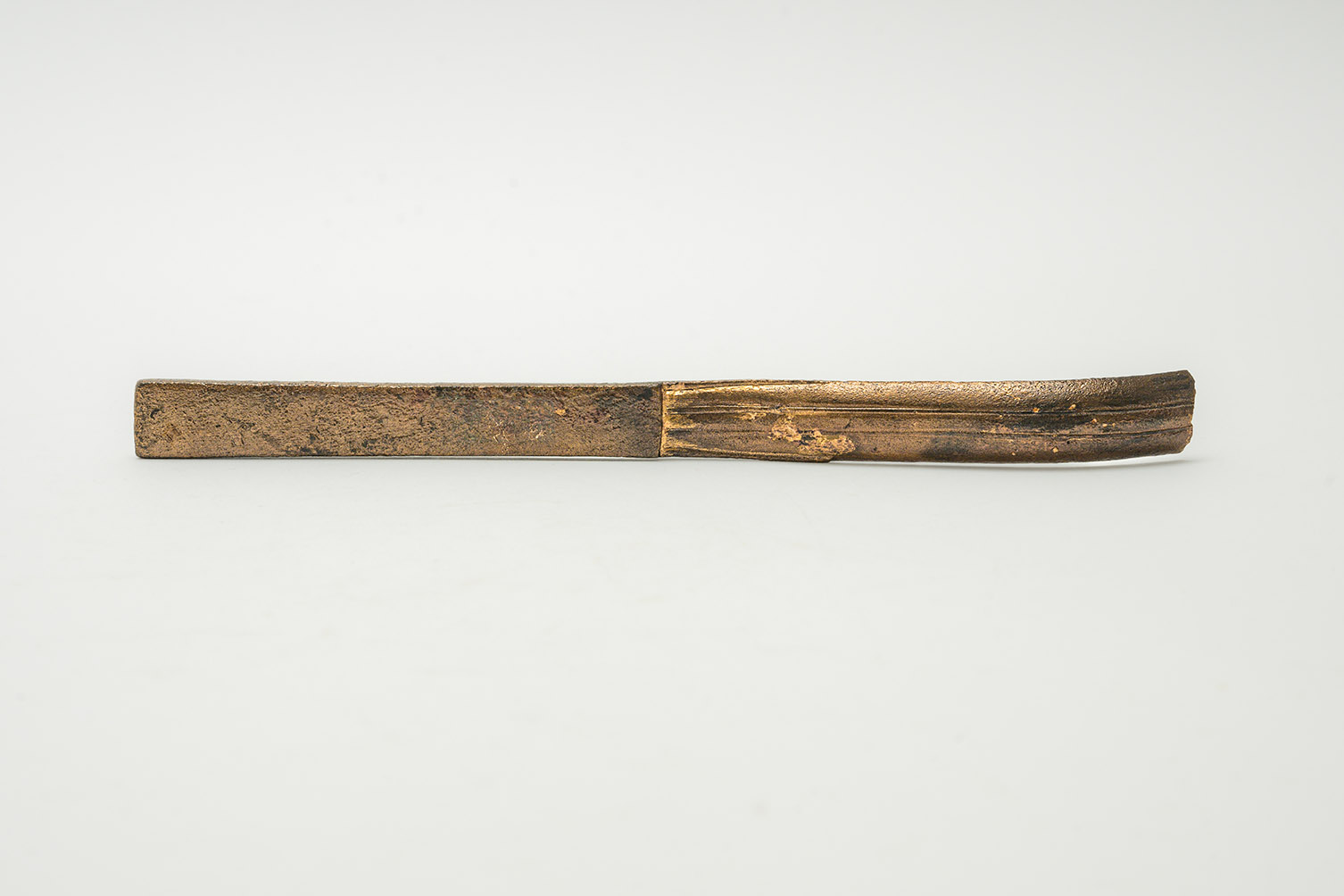The amphitheater in Pula, the Arena, is, in terms of its size and simple monumentality, the largest and most magnificent ancient building preserved to this day in the city, and testifies to the greatness and importance of Pula in Roman times.
It was built on the western slopes of a hill above the bay, which in antiquity reached almost to its foundations. Today it is located within the city area, but in antiquity it was outside the city walls, and 200 m away from them. Between the sea and the amphitheater passed the Flavian Road (Via Flavia) to Aquileia and Italy, and above it the road to Nesactium and Tarsatica (Rijeka).
In terms of its size, the Arena in Pula is the sixth among the known and preserved amphitheaters in the Empire: larger are the Colosseum in Rome and the ones in Capua, Verona, Arles and Pozzuoli.
Construction of the Arena
The time of construction of the amphitheater is the first century. The ground plan is a regular polycentric curve around which are arranged concentric retaining walls of stone steps, seats for spectators and an outer wall. The construction is adapted to the terrain in such a way that the hill on which it is located is planned towards the sea in order to create a flat surface for the arena, with the hill being cut off to make room for the eastern part of the auditorium.
The stone for the construction was quarried in quarries in the vicinity of Pula (Cave Romane near Vinkuran) and probably in other quarries in the wider area. The outer perimeter wall is built of regular blocks with well-fitting surfaces connected to each other with iron joints.

